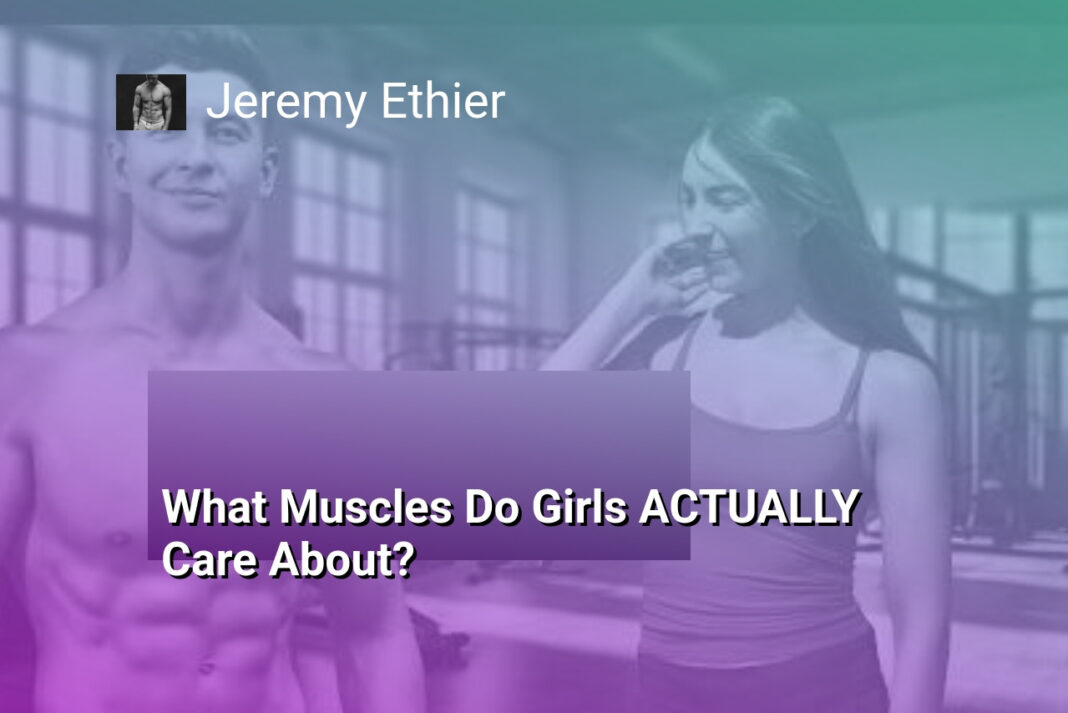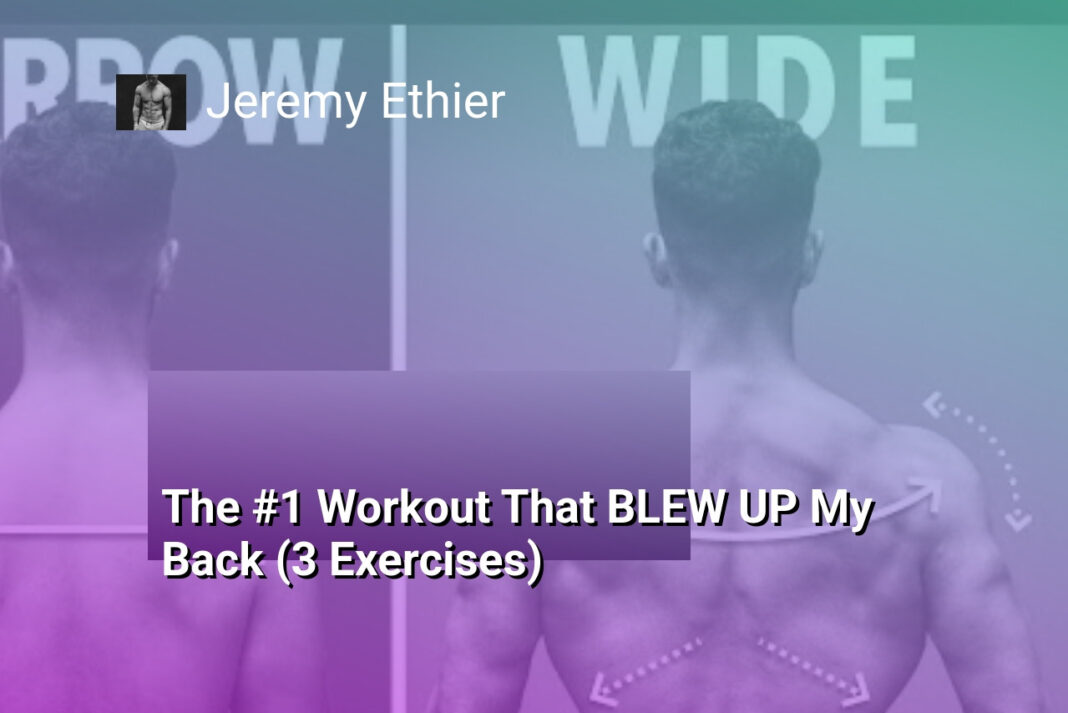The Bottom Line:
- I discovered through a comprehensive survey that women predominantly find arm muscles the most visually appealing physical attribute for men.
- The research revealed a clear preference for upper body muscular development, with arms decisively winning over other muscle groups.
- Despite significant attention to various muscle regions, arms emerged as the standout feature, capturing over 30% of first-place selections.
- Contrary to expectations, lower body muscles like calves and legs received minimal aesthetic appreciation from female participants.
- The study highlights the importance of targeted muscle training, suggesting that men might want to prioritize arm development for maximum physical attractiveness.
The Science Behind Muscle Attraction
Biological Triggers of Muscular Appeal
The human perception of muscular attractiveness is deeply rooted in evolutionary psychology and biological signaling mechanisms. From a primal perspective, muscle development signals genetic fitness, strength, and the potential to provide protection and resources. Women’s subconscious mate selection processes are inherently programmed to recognize muscular development as an indicator of reproductive potential and survival capabilities.
Testosterone plays a crucial role in muscle development and serves as a biochemical marker of male genetic quality. Muscles developed through consistent training demonstrate not just physical strength, but also discipline, commitment, and the ability to invest sustained effort towards a goal. This psychological interpretation goes beyond mere physical appearance and taps into deeper assessment of male potential as a partner and potential father.
Neurochemical Responses to Muscular Physique
Neurological studies reveal that visual perception of well-developed muscles triggers specific hormonal and neurochemical responses in the female brain. Dopamine and oxytocin levels can increase when women observe muscular physiques, creating a subconscious sense of attraction and emotional connection. These neurochemical reactions are not merely superficial but represent complex biological programming designed to identify potential mates with superior genetic traits.
The symmetry and proportion of muscle groups also significantly influence attractiveness perception. While arms emerged as the most statistically attractive muscle group in recent surveys, receiving over 30% of first-place votes, the holistic balance of muscular development matters more than isolated muscle groups. Women tend to appreciate a proportional, athletic build that suggests overall fitness and health rather than exaggerated, disproportionate muscularity.
Psychological Interpretation of Muscular Development
Beyond biological mechanisms, muscular development communicates complex psychological attributes. Muscles represent more than physical strength; they symbolize resilience, self-discipline, and the capacity for personal transformation. The process of building muscle requires consistent effort, strategic planning, and mental fortitude – qualities that subconsciously signal potential success in other life domains.
Interestingly, while arms ranked highest in attractiveness, muscles like calves received minimal appreciation, with only 3 first-place votes out of 205 responses. This suggests that women’s attraction is not uniformly distributed across muscle groups but focuses on specific areas that communicate broader indicators of male potential and genetic fitness.
Why Arms Are the Ultimate Muscle Group
The Aesthetic Power of Well-Developed Biceps and Triceps
When it comes to muscle groups that instantly capture attention, arms stand out as the ultimate symbol of physical strength and attractiveness. Women consistently rate well-defined arms as the most appealing muscle group, with scientific surveys revealing that over 30% of women prioritize arm muscularity when assessing male physical attractiveness. The visual impact of sculpted biceps and triceps goes beyond mere muscle mass; it communicates confidence, discipline, and physical capability.
Muscular Arms as a Psychological Signal
Arms are not just a visual indicator of fitness but also a primal signal of genetic fitness and potential protection. Evolutionary psychology suggests that well-developed arms subconsciously communicate an individual’s ability to provide and protect. The symmetry and definition of arm muscles suggest strength without appearing overly bulky, which resonates with fundamental human attraction mechanisms. When arms are proportionally developed, they create a balanced and aesthetically pleasing physique that naturally draws positive attention.
Versatility and Functional Attraction of Arm Muscles
Unlike isolated muscle groups like calves, which ranked lowest in attractiveness surveys, arms demonstrate remarkable versatility. They are constantly visible in various clothing styles and social interactions, making them a prominent feature of physical appeal. The combination of defined bicep peaks, sculpted triceps, and a balanced forearm musculature creates a comprehensive aesthetic that signals both strength and refined physical conditioning. Women tend to appreciate arms that look powerful yet proportional, avoiding the extreme bodybuilder look in favor of a more natural, athletic appearance that suggests functional strength and overall fitness.
Ranking Muscles: From Most to Least Attractive
The Upper Body Advantage
When it comes to muscular appeal, the upper body reigns supreme in the attraction hierarchy. Arms stand out as the most compelling muscle group, capturing over 30% of first-place votes in comprehensive surveys. Women consistently rank arm definition as the most visually appealing physical attribute, with well-developed biceps and triceps signaling strength and masculinity. The aesthetic of a sculpted arm communicates both power and physical capability, making it the top choice for muscular attraction.
Muscular Hierarchy of Desirability
Following arms, the chest and shoulders emerge as the next most attractive muscle groups. These areas represent a combination of strength and symmetry that women find inherently appealing. A well-defined chest suggests physical fitness and genetic potential, while broad shoulders indicate natural masculine characteristics. The back muscles also rank highly, with their V-tapered shape creating a visually striking silhouette that suggests athletic prowess and physical capability.
Lower Body Muscle Perception
In stark contrast, lower body muscles receive significantly less attention and attraction. Calves, in particular, rank at the absolute bottom of muscular appeal, garnering minimal interest with only three first-place votes out of 205 survey responses. Legs and glutes also fall short compared to upper body muscle groups, suggesting that women prioritize muscle definition in the chest, arms, and shoulders over lower body development. This preference likely stems from evolutionary and cultural perceptions of masculine strength and physical attractiveness, where upper body muscles more prominently signal physical capability and genetic fitness.
Women’s Perspective on Muscular Physique
Aesthetic Preferences Beyond Bulk
Women’s attraction to muscular physiques extends far beyond simple size and definition. While muscular development matters, the quality and proportion of muscle groups play a crucial role in perceived attractiveness. The arms emerge as a standout feature, with over 30% of surveyed women identifying them as the most appealing muscle group. This preference suggests that well-developed, proportionate arms communicate strength and physical capability without appearing overly aggressive or intimidating.
Muscular Balance and Symmetry
The survey reveals a nuanced perspective on muscular attraction. Upper body muscles like arms, chest, and shoulders receive significantly more positive attention compared to lower body muscle groups. Calves, in particular, ranked lowest in attractiveness, garnering minimal interest among female respondents. This indicates that women prioritize muscle groups that contribute to an overall balanced and aesthetically pleasing physique, rather than isolated muscle development.
Psychological Signals of Muscular Physique
Muscular development is not merely about physical appearance but also communicates underlying psychological attributes. Well-defined arms and a proportionate upper body suggest discipline, commitment, and physical competence. Women tend to interpret muscular physiques as indicators of potential protection, health, and genetic fitness. However, the key is maintaining a natural, athletic build that doesn’t appear excessively bulky or disproportionate. The most attractive muscular physiques strike a delicate balance between strength and aesthetic harmony, emphasizing functional fitness over pure muscle mass.
Fitness Insights and Body Composition Preferences
Muscular Symmetry and Physical Proportions
Women’s preferences for muscle development extend beyond isolated muscle groups, emphasizing holistic body composition and balanced physiques. While arms emerged as the most statistically attractive muscle group, the overall aesthetic harmony plays a crucial role in physical appeal. Muscular symmetry suggests health, discipline, and genetic fitness, indicating that well-proportioned muscle development is more attractive than extreme, disproportionate muscularity.
Biomechanical Attractiveness and Functional Fitness
The preference for specific muscle groups isn’t purely aesthetic but also rooted in evolutionary biomechanical signals. Arms, being directly connected to strength, protection, and capability, naturally rank high in attractiveness. Their visibility and functional significance make them a primary indicator of physical prowess. Conversely, muscles like calves, which are less associated with immediate strength perception, receive minimal attention in attraction studies.
Psychological Dimensions of Muscle Perception
Muscle attractiveness transcends pure physical dimensions, incorporating psychological interpretations of strength, confidence, and potential protective capabilities. Women’s muscle preferences reflect nuanced assessments of male physicality, where muscular development symbolizes more than just physical appearance. Upper body muscles, particularly arms and chest, communicate potential protective instincts and physical competence, aligning with deeply ingrained evolutionary attraction mechanisms that prioritize perceived safety and capability in potential partners.





